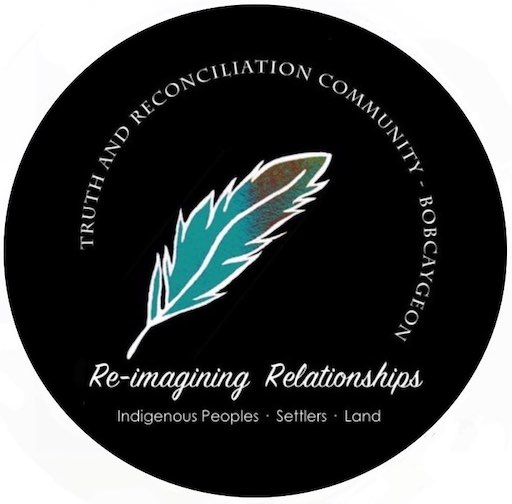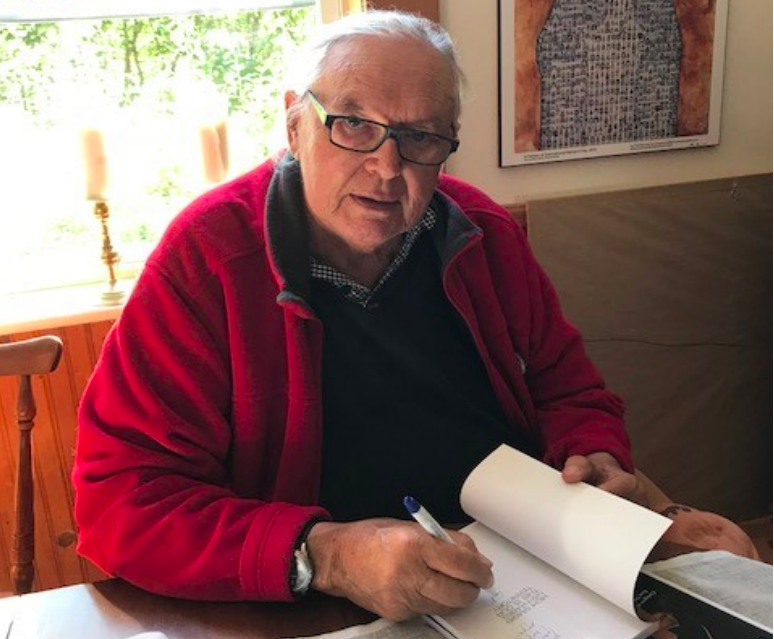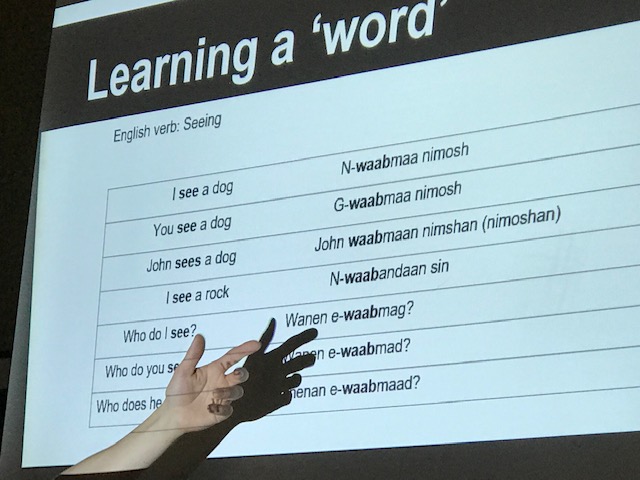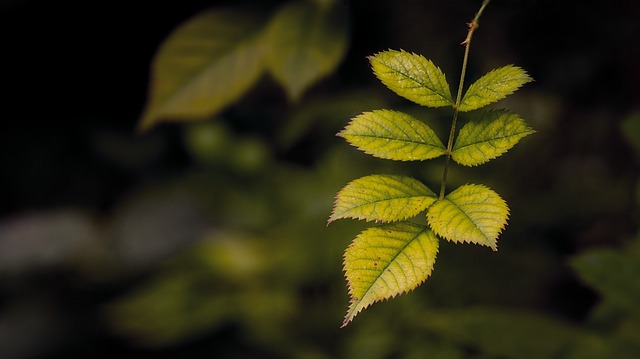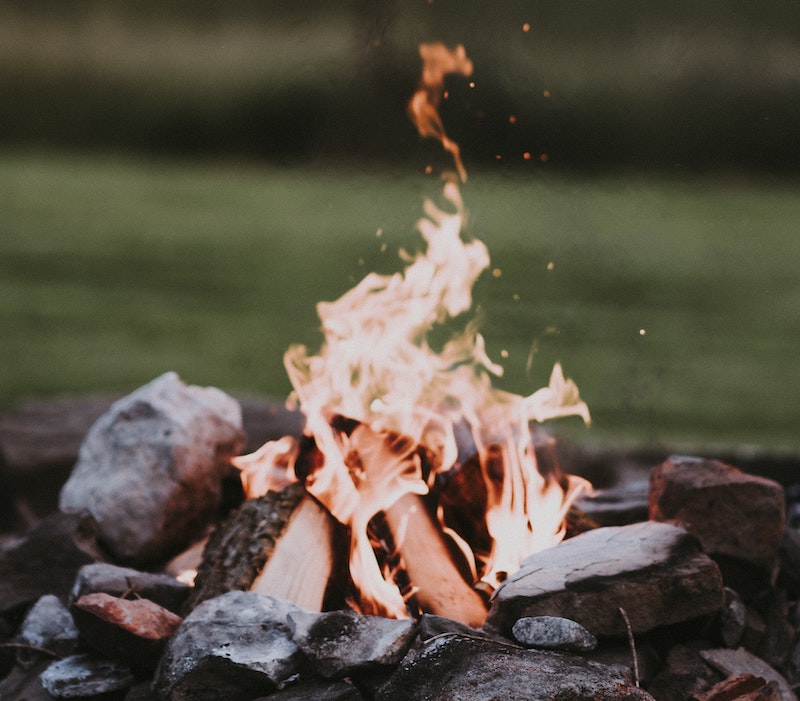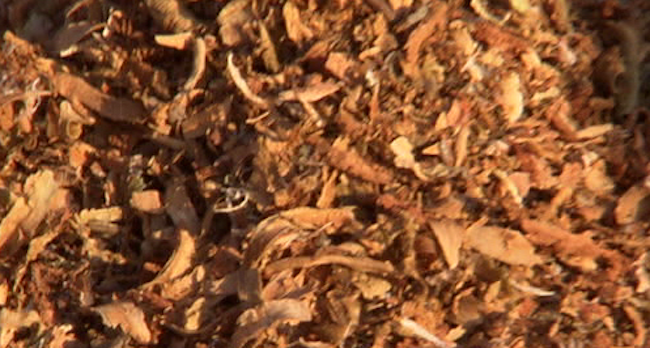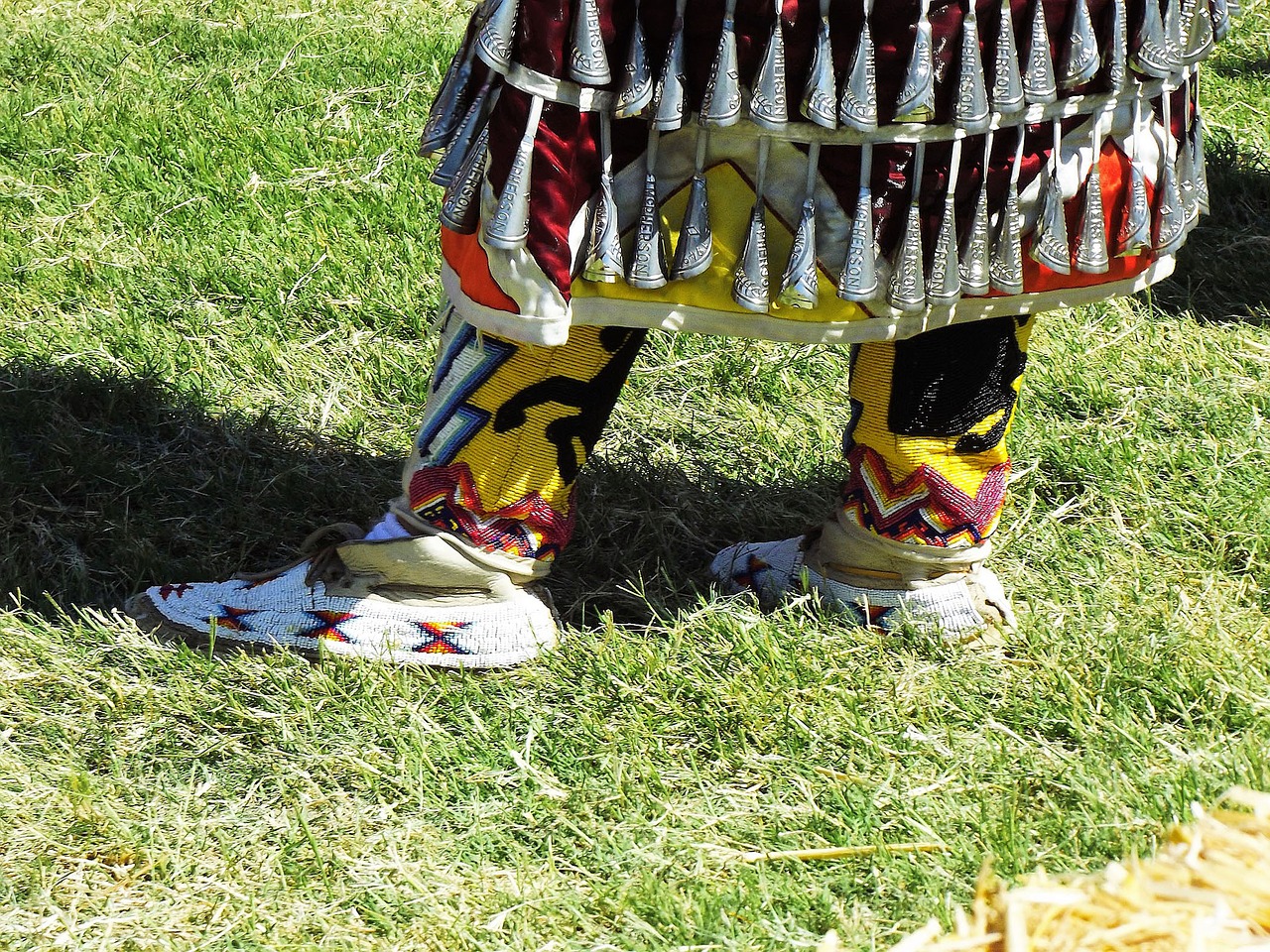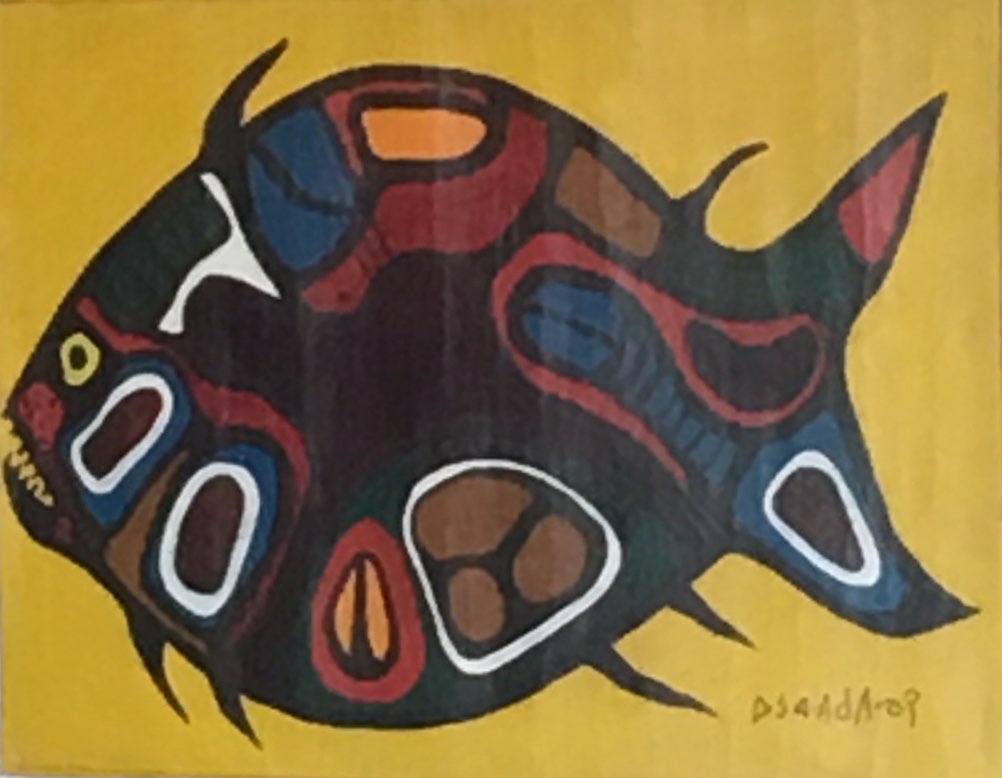Culture
Anishinaabe CultureAn Incomplete Introduction to Some Aspects of Anishinaabe Culture
To the right are some of the topics covered in the items below.
Storytelling
First Nations, Inuit, and Metis cultures have long passed on knowledge from generation to generation through oral traditions, including storytelling. Storytelling is a traditional method used to teach about cultural beliefs, values, customs, rituals, history, practices, relationships, and ways of life. ~ excerpt from First Nations Pedogogy
Gidigaa Migizi-bann
(Doug Williams)
Doug was an Associate Professor/Director of Studies for the Ph.D. Program and oversaw the cultural component of the program. As a member of the Mississaugas of Curve Lake First Nation, Doug was one of the first graduates of Indigenous Studies at Trent in 1972. He was a Pipe Carrier, Sweat Lodge Keeper and ceremony leader. He was a storyteller and a friend, mentor and advisor to our Truth and Reconciliation Community. His book Michi Sagiig Nishnaabeg is history in story-telling form. Here is one of his stories published in The Promoter.
Language
Elders often speak about the importance of Anishinaabemowin to Anishinaabe culture and society. In addition to routine communication, the language is essential in the officiating of Ojibwe ceremonies and the repatriation of sacred items as well as in providing a unique way of understanding the world. The survival of Anishinaabemowin is directly related to the survival of Anishinaabe identity and culture. ~ excerpt from The Canadian Encyclopedia
More info….
All My Relations
An intense and deep connectedness with all that surrounds us is a foundational concept of First Nations philosophy. This includes a connection to Mother Earth and all that the Universe contains, including other people (personal relationships, family, neighbourhoods, communities, nations), all of the plant beings and four legged brothers and sisters, the finned and flying beings, and ultimately the Great Spirit that animates all. ~ excerpt from First Nations Pedogogy
Seven Grandfather Teachings
The Seven Grandfather Teachings are a set of traditional teachings that have been passed down from generation to generation. The seven teachings have been given to the Anishinaabe people to guide them in living a good life, living without conflict and living in peace. – Excerpt from 7generations.org
Ceremonies
An important feature of the Ojibwe religious lifestyle was the participation in various ceremonies. Ceremonies all carried great importance in the Ojibwe lifestyle and involved various religious (spiritual) rituals. (Flett).
Water Walks are ceremonial events. In our part of Michi Saagiig territory there is at least one annual Walk . This post includes a pdf that outlines what you need to know as well as excerpts from an article on a previous Water Walk around Rice Lake.
Tobacco
“Tobacco was the first of the four medicines to be gifted to the Anishinaabe people by the creator. It is offered to human beings, spiritual beings, animal and natural beings as a symbolic representation of respect, gratitude and to ask for something. It is typically wrapped in cotton cloth. This offering is commonly done in one of three ways: by placing in the ground, on water or into a sacred fire with prayers connected to the purpose of the action desired.”
Smudging
Settlers may be invited to participate in a Smudging Ceremony at the beginning of a workshop, a Talking Circle or some other event. Here is some information in case you have this opportunity.
Pow Wow
Pow Wows are still an important part of the lives of many Native people and are held every weekend from early spring to late fall throughout Canada and the United States. Many families ‘hit the Pow Wow Trail’ and camp along the way.
Find out about Curve Lake First Nations Annual Event
Beadwork
Malinda Gray, Teaching Assistant in Indigenous Studies at Trent University and dedicated beader shares her Masters thesis on the importance of Beadwork. Read these selected excerpts that give just a taste of the role beads play as “Symbols of Indigenous Cultural Resilience and Value”
Petroglyphs
Kinomaage-Waapkong is a sacred teaching site for our people, it has been utilized for generations of Anishinabeg and remains to be an active sacred site for our people… When you visit the Kinomaage-Waapkong, you will be greeted by a Curve Lake First Nation member at the visitor centre to the site. Excerpt from CLFN Read blog post
Art
…Norval Morrisseau, Bonnie Devine, Robert Houle, Keesic Douglas, Michael Belmore, Daphne Odjig and others — … sought to visually express the spiritual and social dimensions of human relations with the earth. ~ Before and after the Horizon: Anishinaabe Artists of the Great Lakes, AGO
